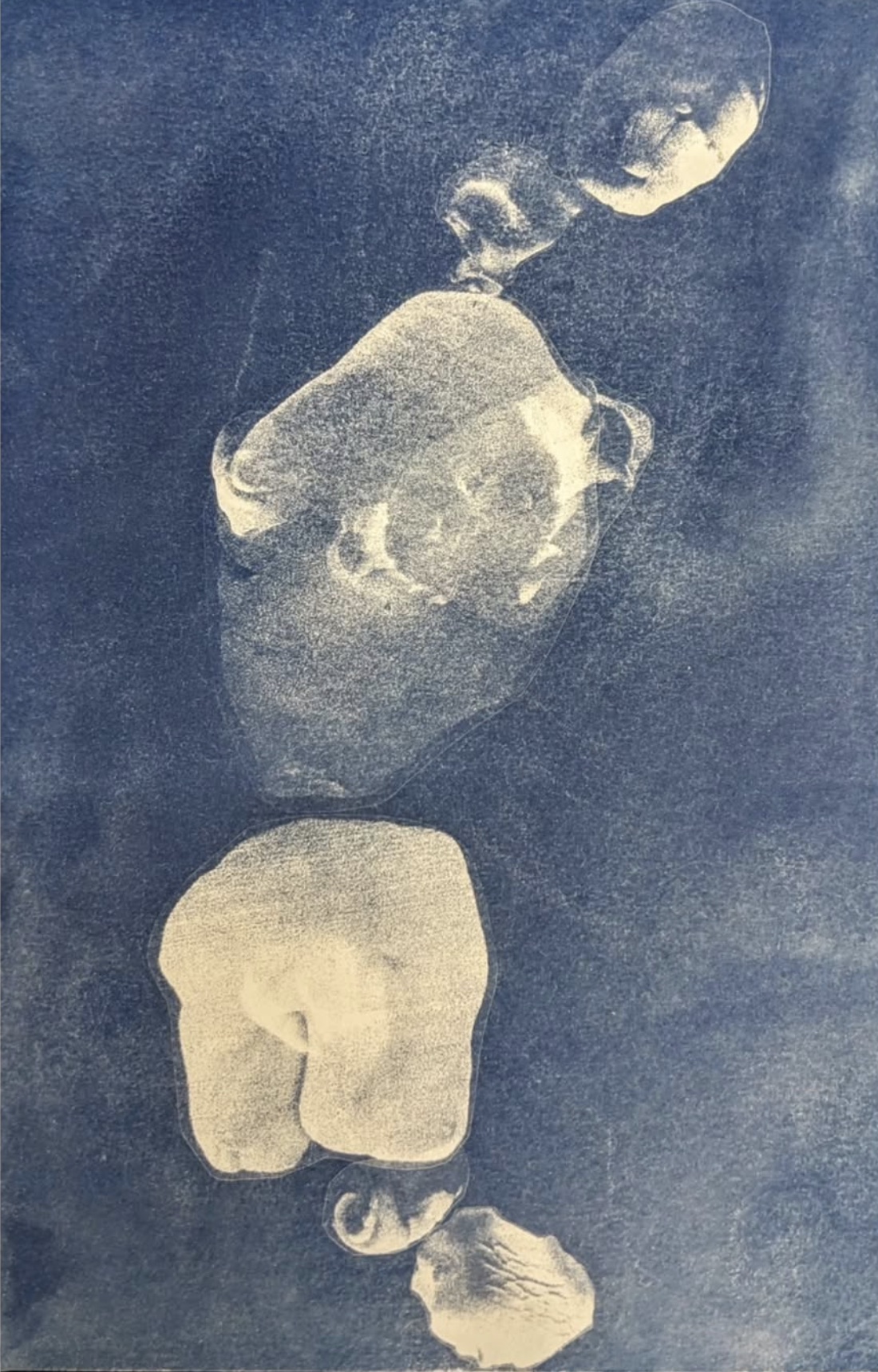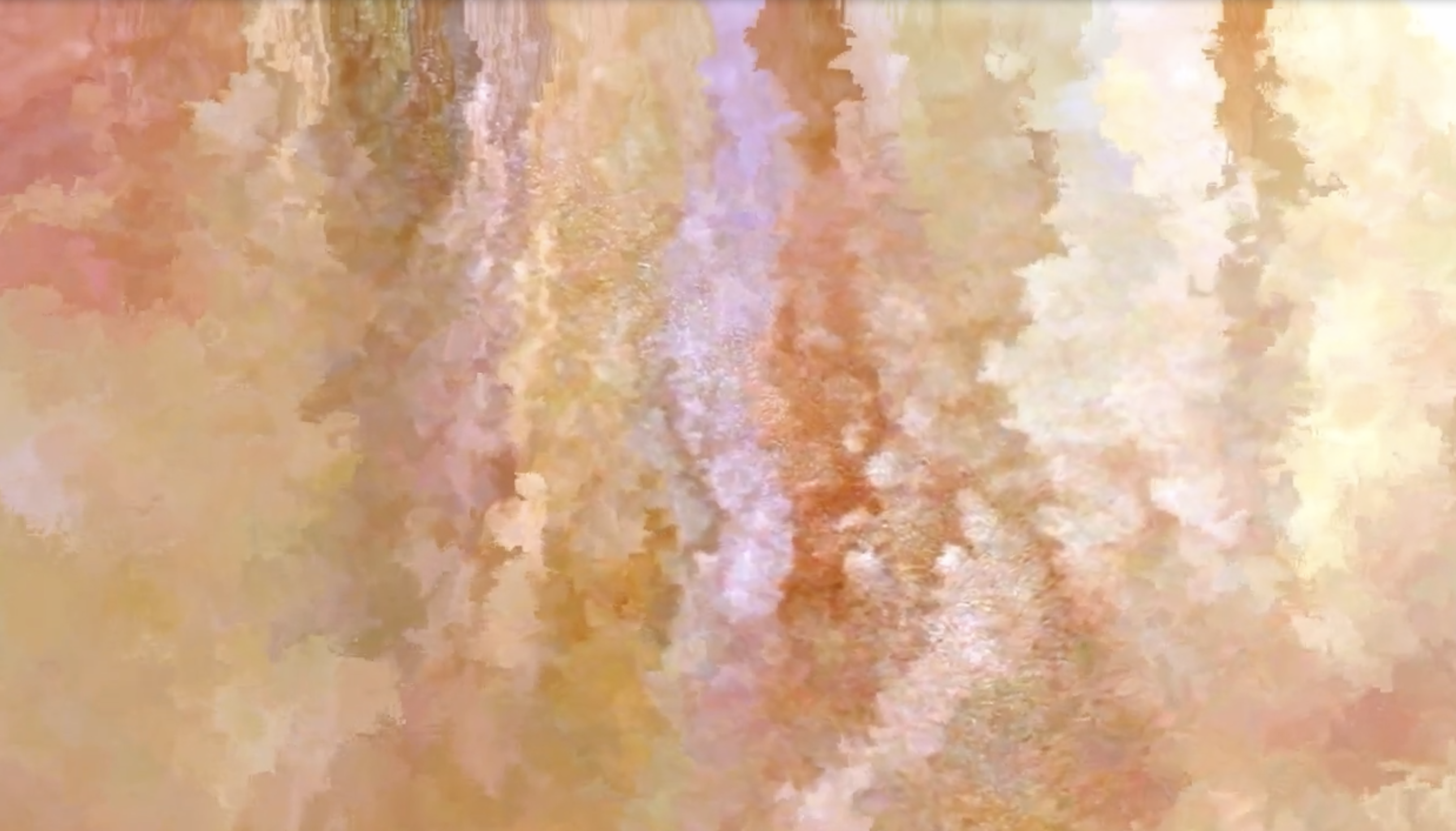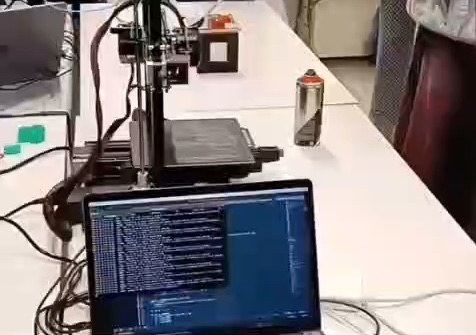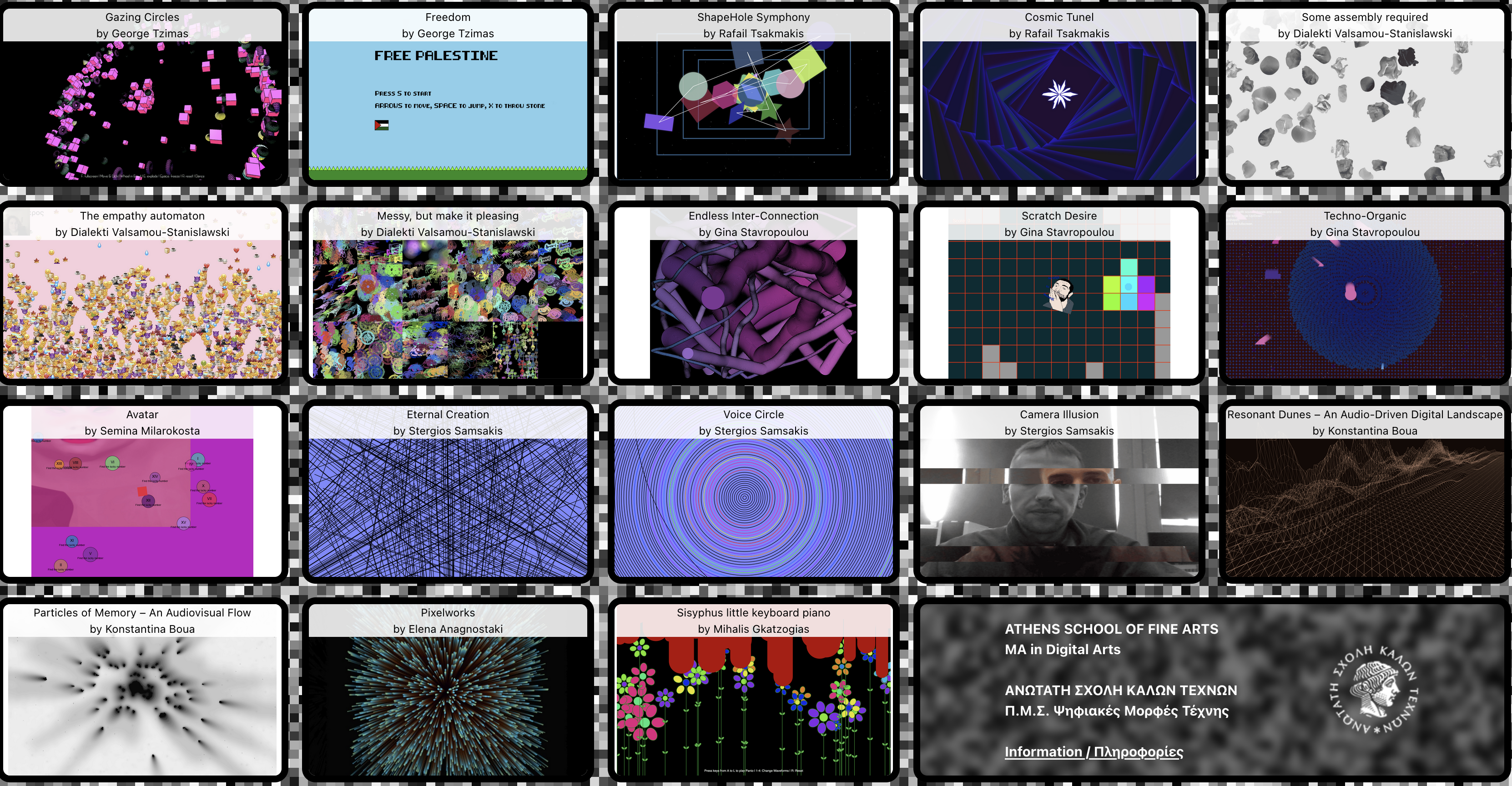Voice collage to create beautiful nonsense
Written on June 17th, 2025 by Dialekti Valsamou-Stanislawski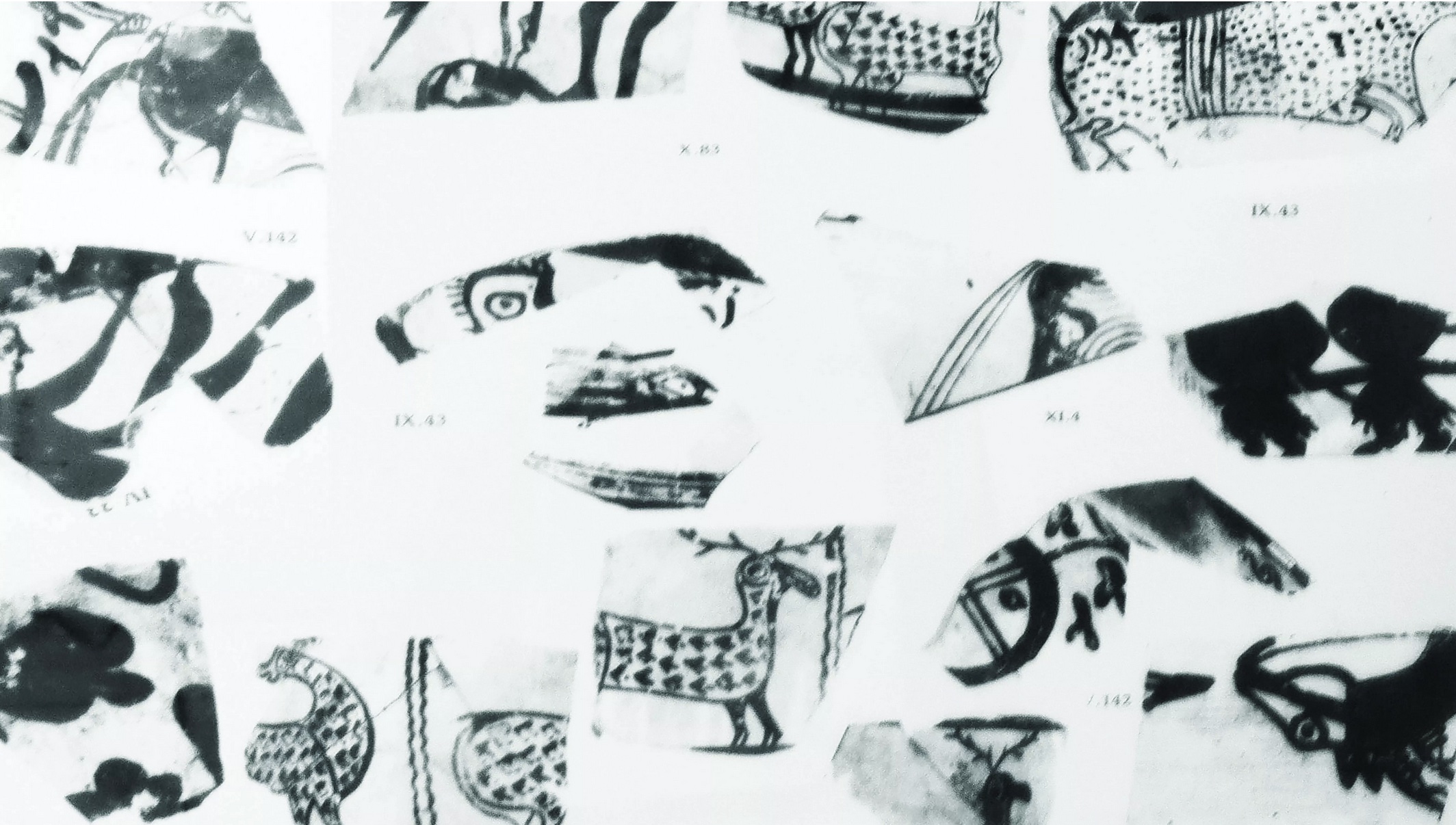
* banner image from the works of Giorgos Lazogkas
Building generative sound collages in the spirit of a modern Terirem
The context
This autumn the estate of the Greek artist Giorgos Lazogkas is opening a retrospective. As part of the MA in Digital Arts (Athens School of Fine Arts) I was asked to “invest the space with sound”– a delightfully open brief.
During our discussions with the exhibition curator and the artist’s wife, I discovered his intriguing work and a number of common interests and themes. This superset of fascinations contains things that inspired this work, like terirem , repetition, information overflow and fragmentation – the cutting-up of form until something new emerges.
Terirem are the hypnotic passages in Byzantine chant where nonsense syllables are sang, syllables that feel meaningful even though they aren’t. I wanted that same head-space, but fed through machines:
- use voices, either from the artist’s archive, or other sources, or both,
- shatter them into micro-fragments,
- strech, twist and pitch them sometimes beyond recognition, to create plurality and the occasionnal uncanny,
- re-assemble them into a living, self-generating texture.
The goal: a possibly interactive but definitely dynamic sound curtain that can be reworked or used as-is for an upcoming installation.
What the machine does (in plain English)
- Listen → Remember I have already used it with open license voice datasets of speech in Greek, as well as on some public television archives featuring the artists from 1983 and some more recent very noisy low-quality recordings.
- Fragment → Dissolve Every pause longer than a sigh becomes a scalpel. The stream is chopped into grains no longer than few seconds. Fades soften the cuts.
- Shift → Disguise Low voices are nudged into an airy register, high ones descend. The words collapse into phonemes, meaning slips away.
- Weave → Reanimate
Several virtual reels (tracks) spin at their own tempo, following a simple pattern alphabet that dictates the composition (
S L M H C D l m h …). Some sections murmur, others burst, a great amount of uncanny voices and noises emerge. No iteration is ever the same; the machine writes its own incantation.
Everything lives in two Python scripts – just enough code to keep the ritual alive. (Source on GitHub: https://github.com/torobotaki/sound-collage.)
Have a taste
Pre-processing - cutting, dissolving and disguising
Two fragmented bits produced by the automatic splitting process.
They will later be weaved in random sequences to produce the collage.
Collage - stitching and weaving
Technically, the two following output files were produced by using the pattern SCMCHhMDDS –so they start with silence.
A single track of sound collage
Master file mixing ten tracks
Try the ritual yourself
Clone, drop any WAVs into in/, then:
python preprocess.py # cuts
python collage.py \
--apply-styles \
--pattern "SSLCCMChhDD" \
--bpm 96 # stitches
The finished master.wav appears in out/, together with the ten solo tracks in case you want to improvise further.
(Yes, the repo README is full of technical footnotes – feel free to skip –but don’t complain if it doesn’t work.)
Why generative?
Apart from my own fibers and what moves them, I imagined creating sound that can adapt to its environment and/on work well with visuals. That’s for the technical part. But also –maybe because of that personal material, the conceptual part of bringing the ritual to the modern intensely technological era reasonates well. The reasons for this far exceed this humble blog post.
Epilogue
Stay (un)tuned for what comes out of this ritual on my end, and I’m really curious about your experriments.


